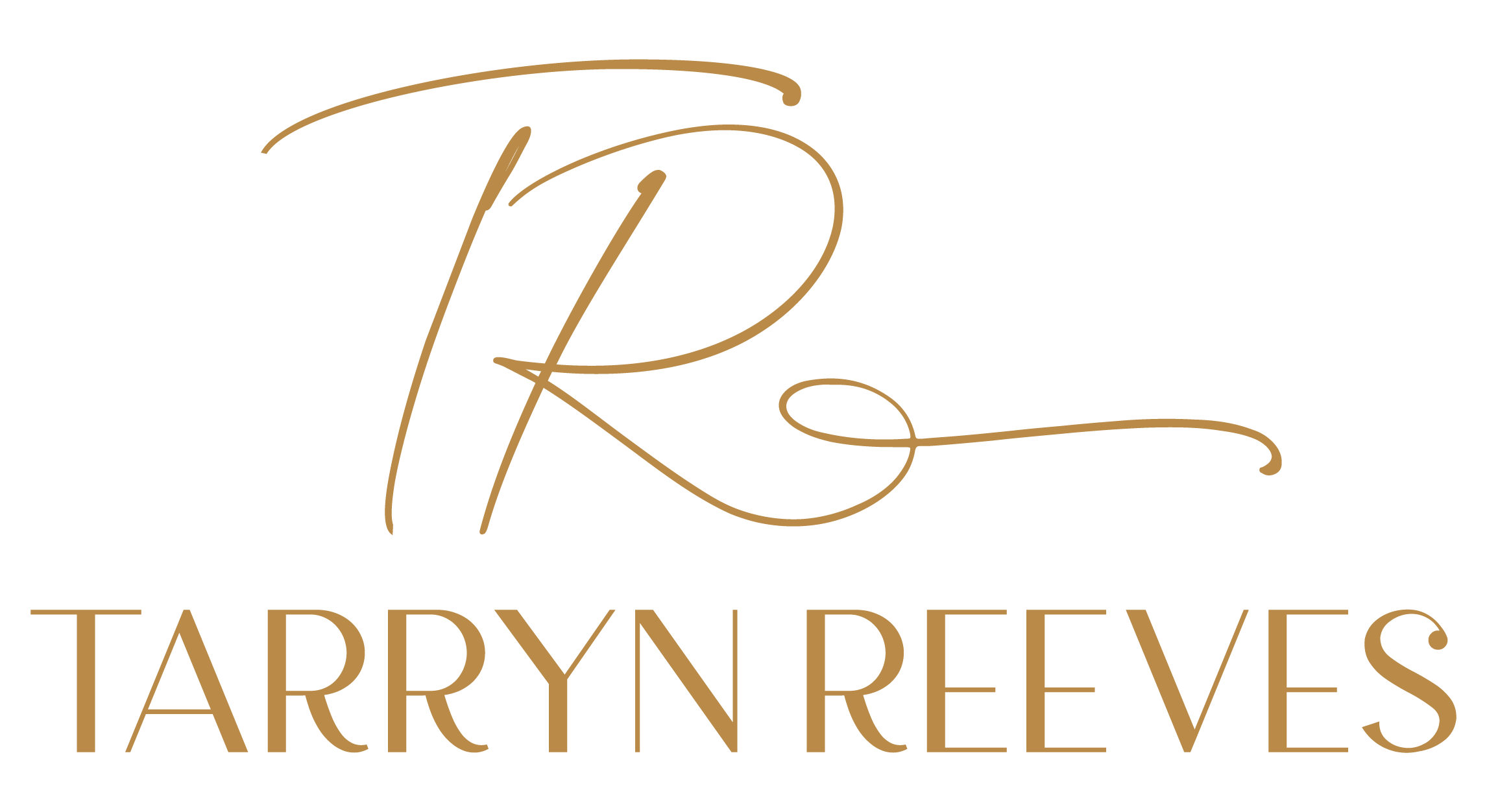Your nonfiction book cover is more than just a protective layer for your pages—it’s a powerful marketing tool that can make or break your book’s success. Readers do judge books by their covers, and if yours doesn’t grab attention, they may never get to the incredible content inside.
In this blog post, we’ll dive into how to design a nonfiction book cover that screams pick me! and drives sales. Whether you’re working with a designer or doing it yourself, these tips will set your book apart.
Why Your Nonfiction Book Cover Matters
Your book cover is your first impression. It’s the visual cue that tells potential readers whether your book is professional, valuable, and worth their time. Here’s why it matters:
- It catches attention: A bold, eye-catching cover stops the scroll online and grabs shoppers in bookstores.
- It sets the tone: Your cover communicates the genre, topic, and value of your book in a split second.
- It sells your book: Readers might hear about your book, but they’ll buy it based on what they see.
In short, a great cover can mean the difference between a bestseller and a book that gathers dust.
The Key Elements of a Standout Nonfiction Book Cover
So, what makes a nonfiction book cover effective? Let’s break it down.
1. Color Scheme
Colors evoke emotions. The right palette can communicate trust, excitement, or even urgency. For example:
- Blue: Conveys professionalism and trust (great for business books).
- Yellow: Suggests optimism and positivity (ideal for self-help).
- Red: Evokes passion or urgency (think bold memoirs or health guides).
2. Typography
Your font choices can make or break your cover. Use bold, clean fonts that are easy to read—even as a tiny thumbnail.
- Avoid overly decorative fonts—they can make your title hard to read.
- Use size and spacing to make the title and subtitle stand out.
3. Imagery
When it comes to images, less is more. Nonfiction covers often rely on:
- A single, striking icon or graphic.
- Minimalistic designs that focus on the title and subtitle.
- Professional photos or clean illustrations if they add value.
4. Title and Subtitle Placement
Your title is the star of the show—make it large, bold, and impossible to miss. Your subtitle is your chance to hook readers with the why or how behind your book. Position it to complement the title without overpowering it.
How to Choose the Best Cover Design
Once you have a few design ideas, here’s how to ensure you pick the best one:
Know Your Audience
Your cover needs to speak directly to your ideal reader. Think about:
- What colors, fonts, and imagery resonate with them?
- What kind of tone or vibe do they expect from your book?
Research the Market
Check out bestselling books in your genre on Amazon or at your local bookstore. Look for trends in color schemes, typography, and design elements.
Test Your Design
Create a few variations of your cover and get feedback from your target audience. Use tools like:
- Social media polls.
- Online design surveys.
- A/B testing through ads.
DIY Tools and Resources for Nonfiction Book Covers
Not a graphic designer? No problem. These tools can help you create a professional-looking cover:
- Canva Pro: User-friendly templates to get you started.
- 99designs: A platform to hire designers or run design contests.
- Adobe Express: Perfect for custom designs if you’re familiar with Adobe tools.
Pro tip: Even if you’re DIY-ing your cover, consider hiring a professional for a final polish. It’s an investment that pays off.
Examples of Bestselling Nonfiction Book Covers
Let’s look at a few covers that nailed the brief:
- “Atomic Habits” by James Clear: Clean, minimal, and professional with a bold title and simple design.
- “The Subtle Art of Not Giving a F*ck” by Mark Manson: Bright orange cover with a bold font that screams “look at me!”
- “Start With Why” by Simon Sinek: Uses a bold, simple layout to draw readers into the idea of purpose-driven work.
Notice the common themes? They’re all visually appealing, easy to read, and tailored to their audience.
Final Thoughts: Your Book Deserves the Best Cover
Your nonfiction book cover isn’t just a design—it’s a strategy. It tells your audience who you are, what your book offers, and why they need it in their lives.
Take your time to research, design, and test your cover. If you’re ready to dive deeper into creating a bestselling nonfiction book, check out my free guide here.
Because you didn’t pour your heart and soul into your book just to have it overlooked, right? Let’s make sure your cover does it justice.
FAQs
Can I design my own book cover? Yes! With tools like Canva Pro and Adobe Express, even non-designers can create professional covers. However, consider hiring a designer for a polished finish.
How much should I spend on a book cover? It depends on your budget. DIY tools are affordable, but professional design services can range from $100 to $1,000+ depending on the designer’s experience.
How do I know if my cover design is good? Ask your target audience for feedback and test multiple designs. A/B testing through ads can also reveal which cover resonates most.
What’s the most important element of a book cover? The title! It needs to be bold, clear, and the focal point of your design.
Can I change my book cover later? Absolutely. Many authors rebrand their covers to attract new readers or align with market trends.




